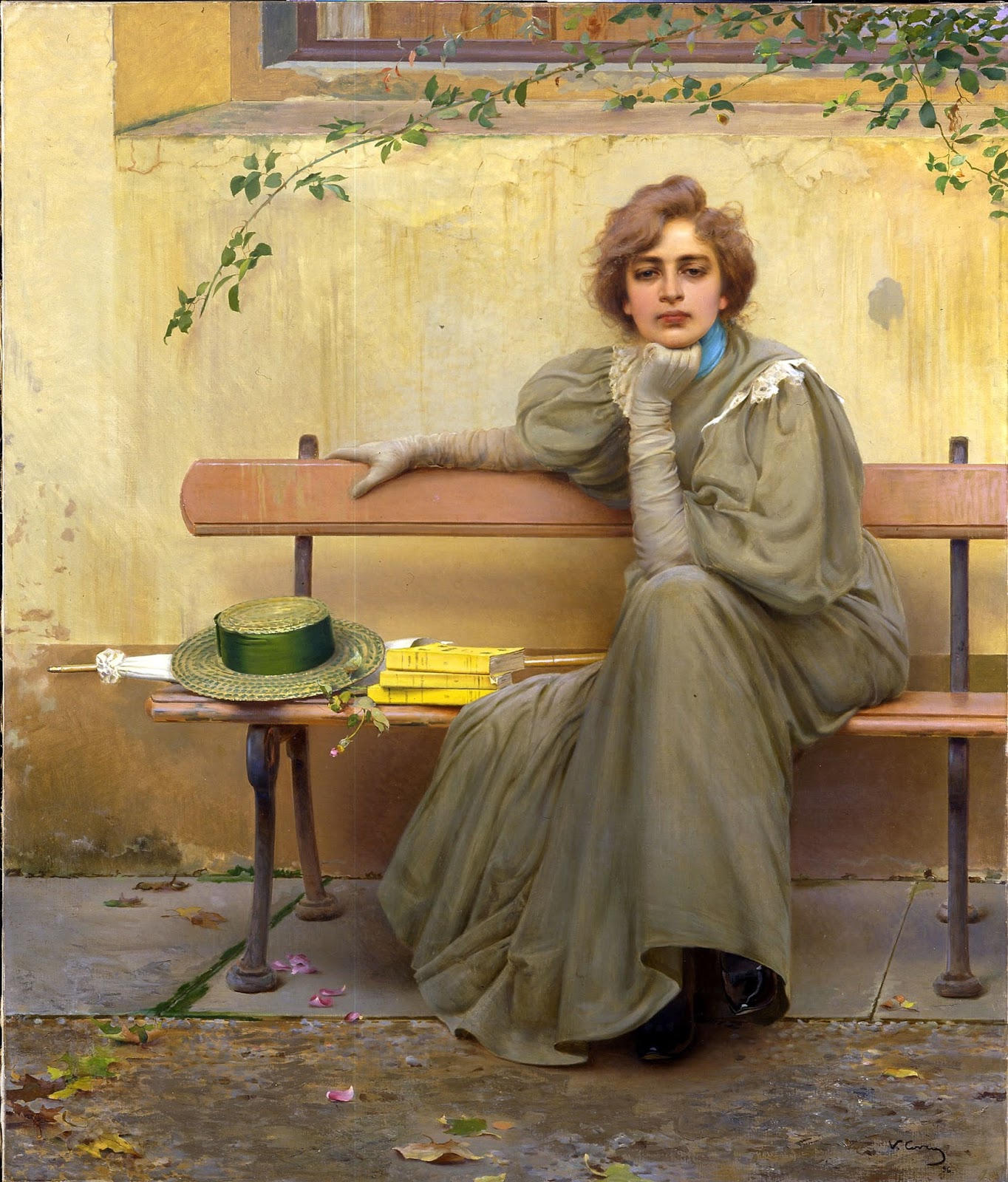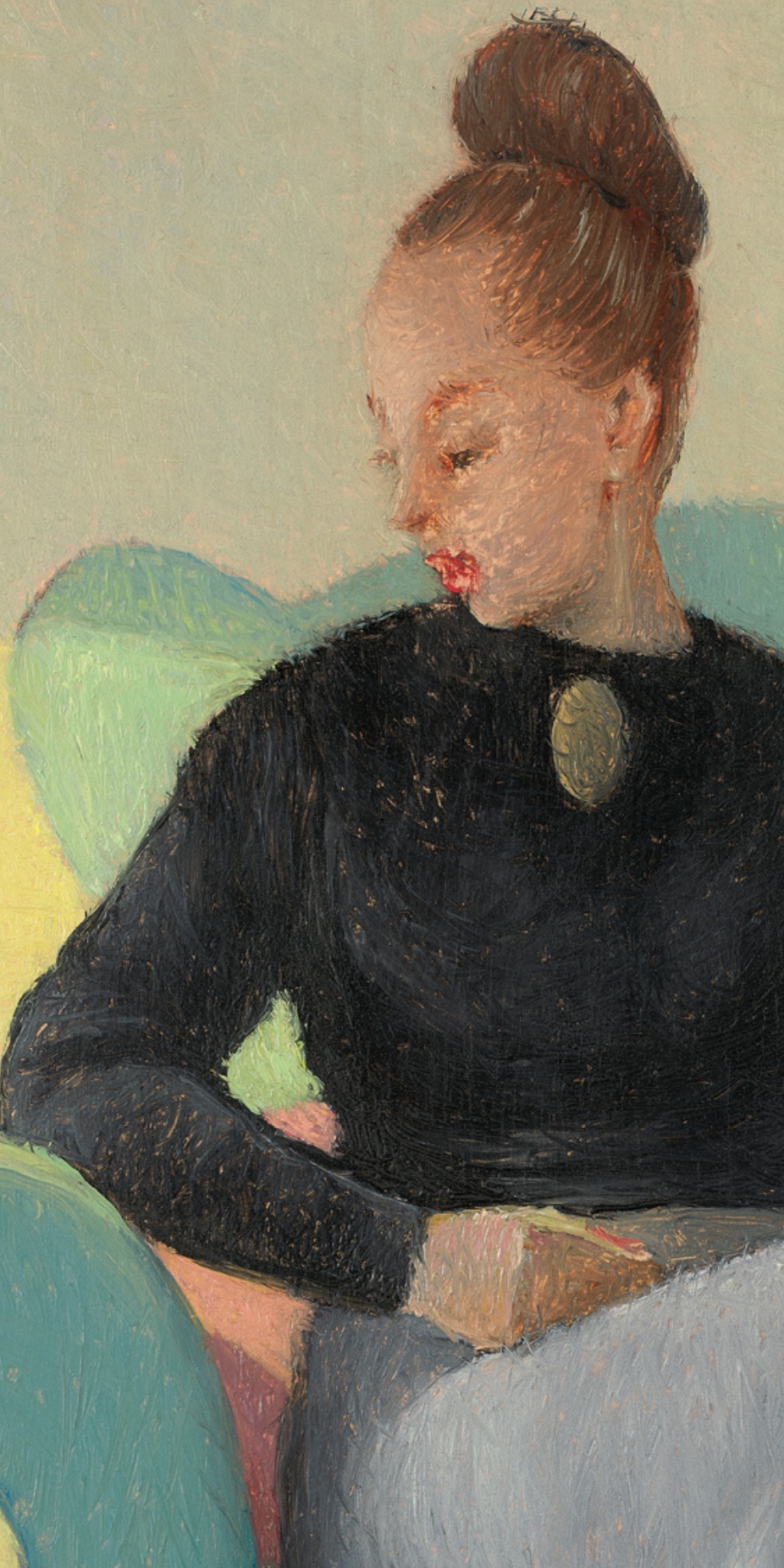"Caruso" is a song written by Italian singer-songwriter Lucio Dalla (1943-2012) in 1986.
It is dedicated to Enrico Caruso, an Italian operatic first lyric tenor then dramatic tenor.
Following Lucio Dalla's death, the song entered the Italian Singles Chart, peaking at number two for two consecutive weeks.
The song simply tells about the pain and longings of a man who is about to die while he is looking into the eyes of a girl who was very dear to him.
The lyrics contain various subtle references to people and places in Caruso's life.
Ferdinando Sapio | Sorrento







.jpg)
